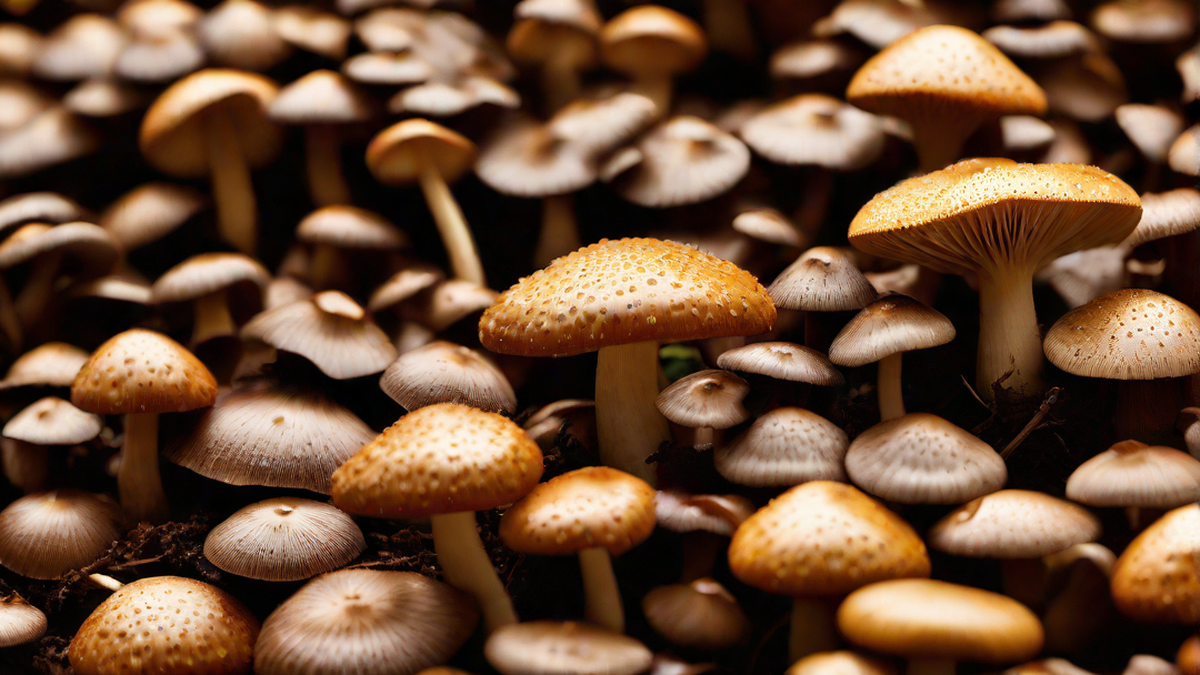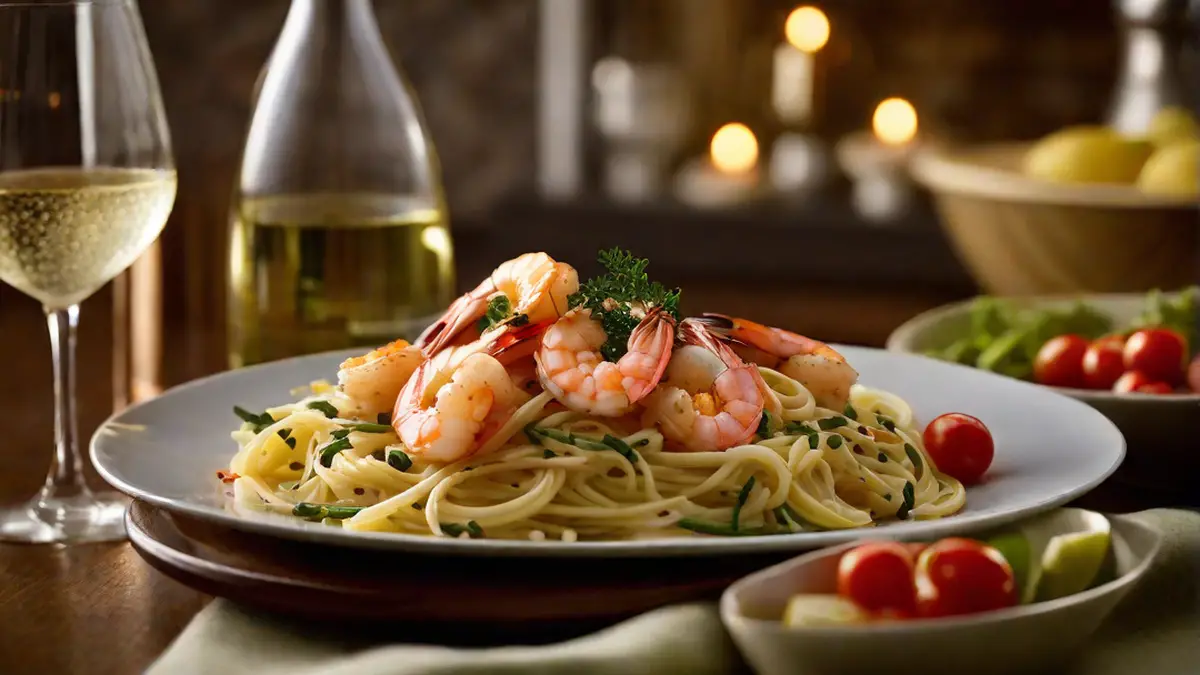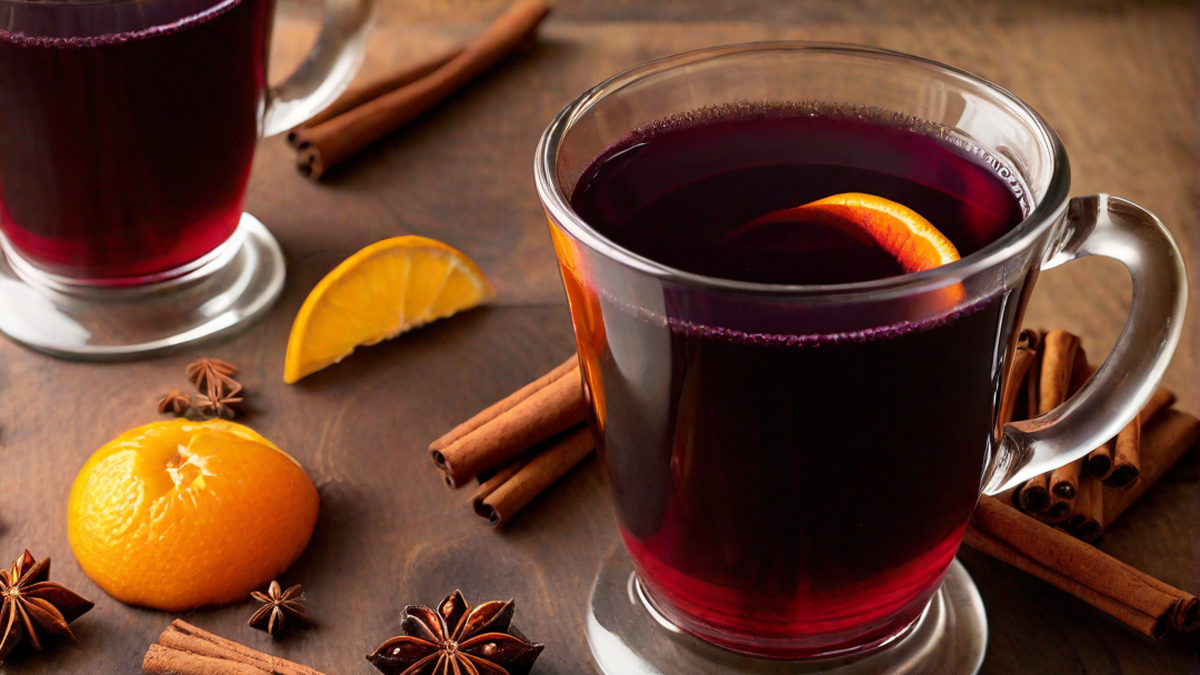During the winter season and holiday festivities, a tradition I enjoy is drinking a hot and aromatic glass of mulled wine. The mix of spices and decadent tastes immediately bring comfort to both the mind and body. Which type of wine is most suitable for making mulled wine? Let’s delve into the realm of mulled wine and discover the choices.
Choosing the Base Wine
The first and most important decision when making mulled wine is selecting the right base wine. While there are no hard and fast rules, I find that a red wine with medium to high acidity works best. The acidity will help balance the sweetness of the added spices and sugar, creating a harmonious blend of flavors. Popular red wine choices for mulled wine include Cabernet Sauvignon, Merlot, and Shiraz. If you prefer a lighter and fruitier flavor profile, you can also opt for a Pinot Noir or Beaujolais.
Adding the Spices
The spices used in mulled wine are what give it its distinctive aroma and taste. The classic spices include cinnamon sticks, cloves, star anise, and orange peel. However, feel free to get creative and experiment with your own spice combinations. I personally love adding a touch of nutmeg and cardamom for extra depth of flavor. The key is to gently heat the spices with the wine, allowing their aromas to infuse and create a warm and inviting atmosphere.
Sweetening the Blend
To balance the acidity of the wine and the heat of the spices, a touch of sweetness is needed. Traditional mulled wine recipes call for adding sugar or honey, but I prefer using a combination of both. This allows me to adjust the level of sweetness to my liking. If you prefer a sweeter mulled wine, you can also add a splash of orange juice or apple cider.
Simmering and Serving
Once you have chosen your base wine, added the spices, and sweetened the blend, it’s time to gently simmer the mixture on the stove. Be cautious not to bring it to a boil, as this can cause the alcohol to evaporate and leave you with a lackluster result. Allow the mulled wine to simmer for at least 20 minutes, but feel free to let it infuse for longer to intensify the flavors.
When serving mulled wine, I love to garnish each glass with a cinnamon stick or a slice of orange. Not only does it add a festive touch, but it also enhances the visual appeal of the drink. And don’t forget to enjoy your mulled wine piping hot, as it’s meant to warm you up from the inside out.
In Conclusion
Mulled wine is a delightful and comforting beverage that brings warmth and joy to the holiday season. With the right choice of base wine, a carefully crafted blend of spices, and a touch of sweetness, you can create a mulled wine that is uniquely your own. So gather your loved ones, cozy up by the fire, and savor each sip of this festive treat. Cheers!




